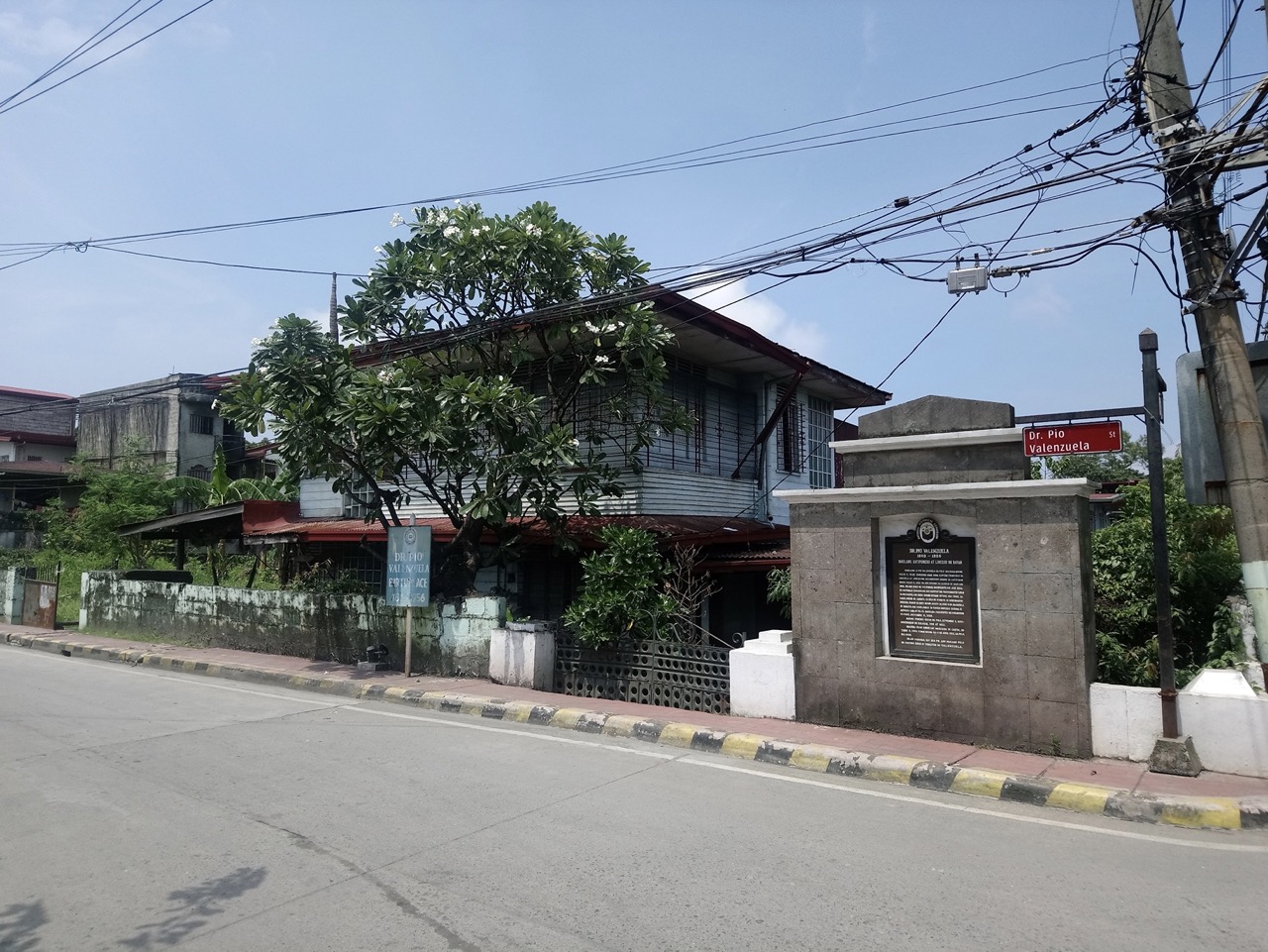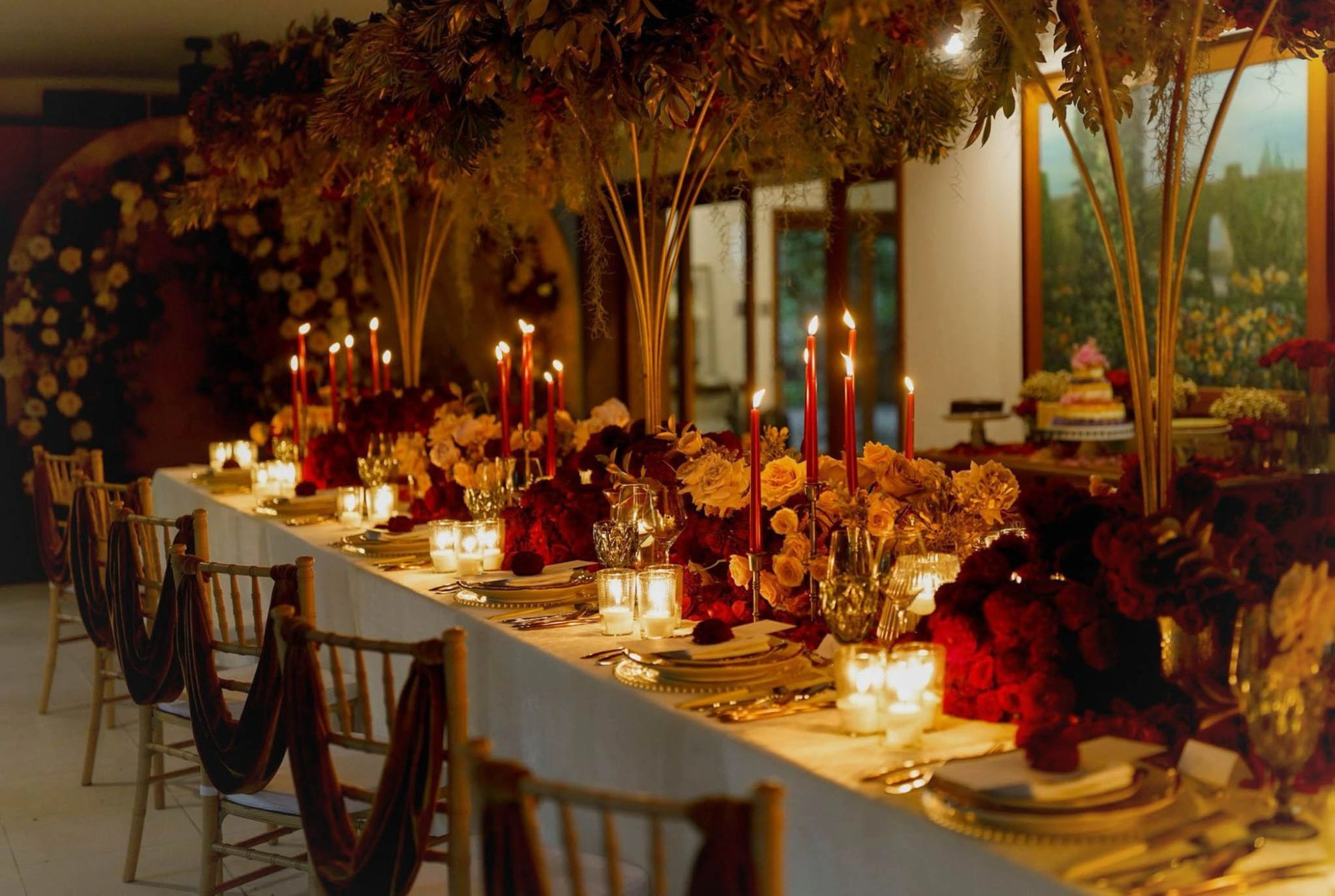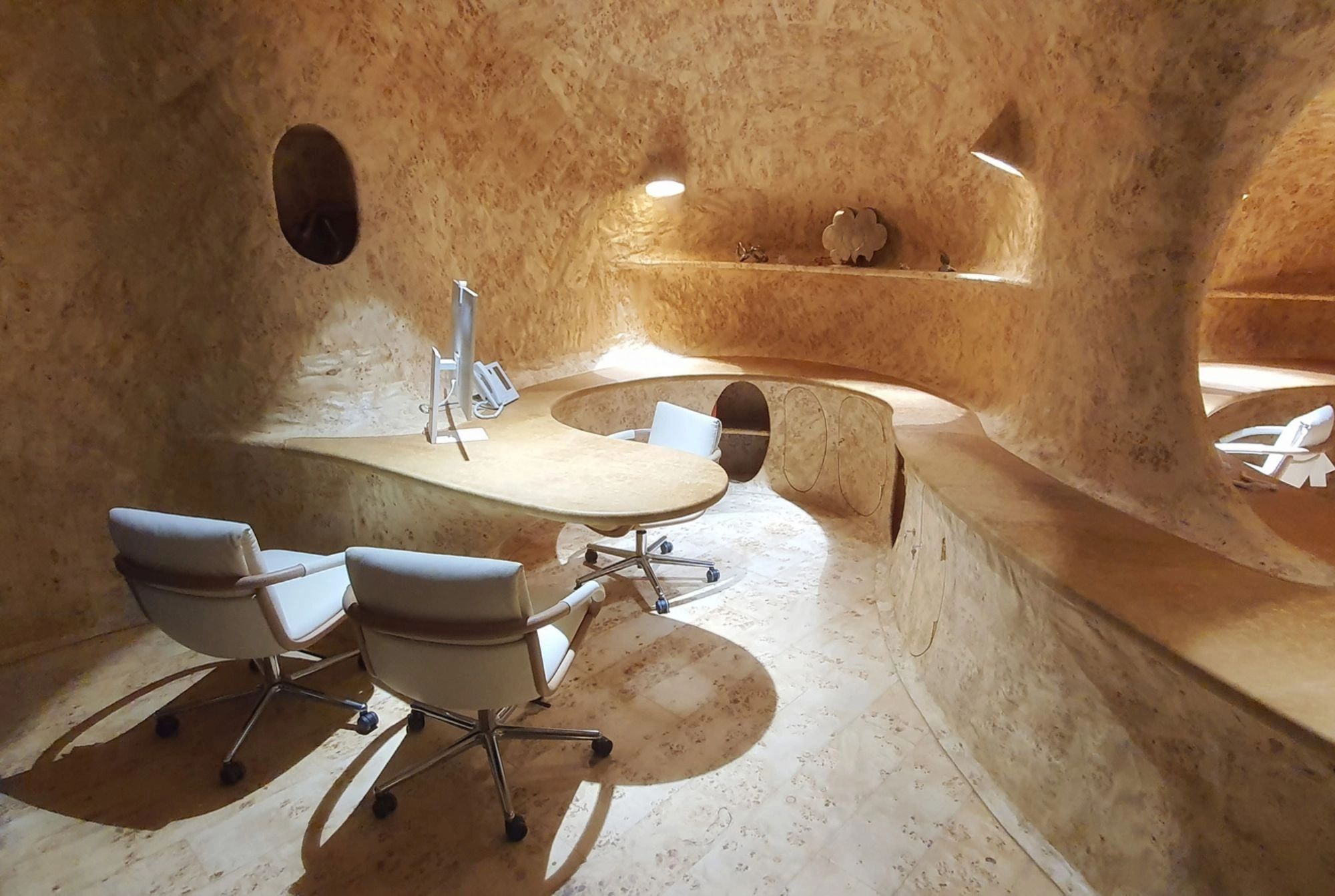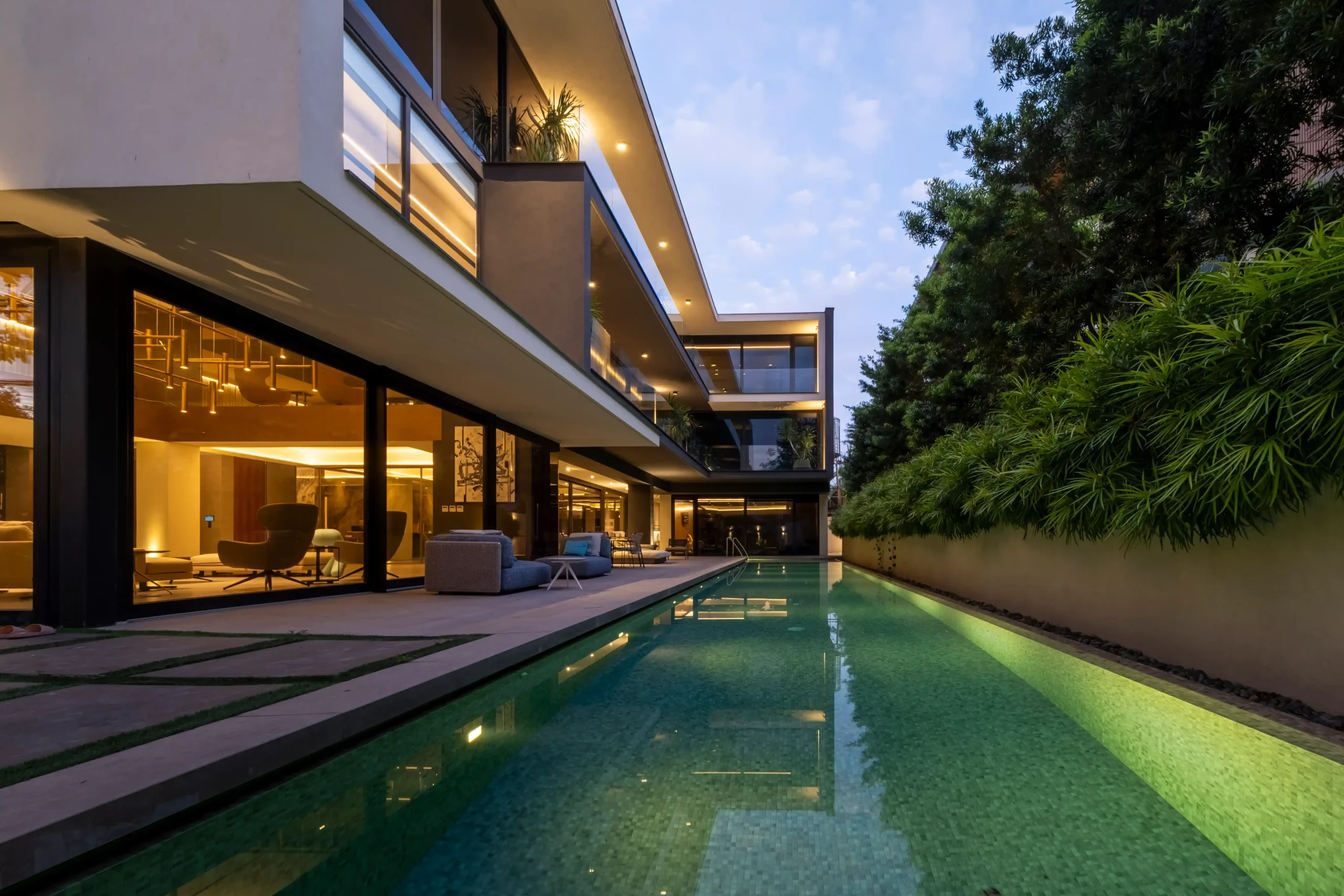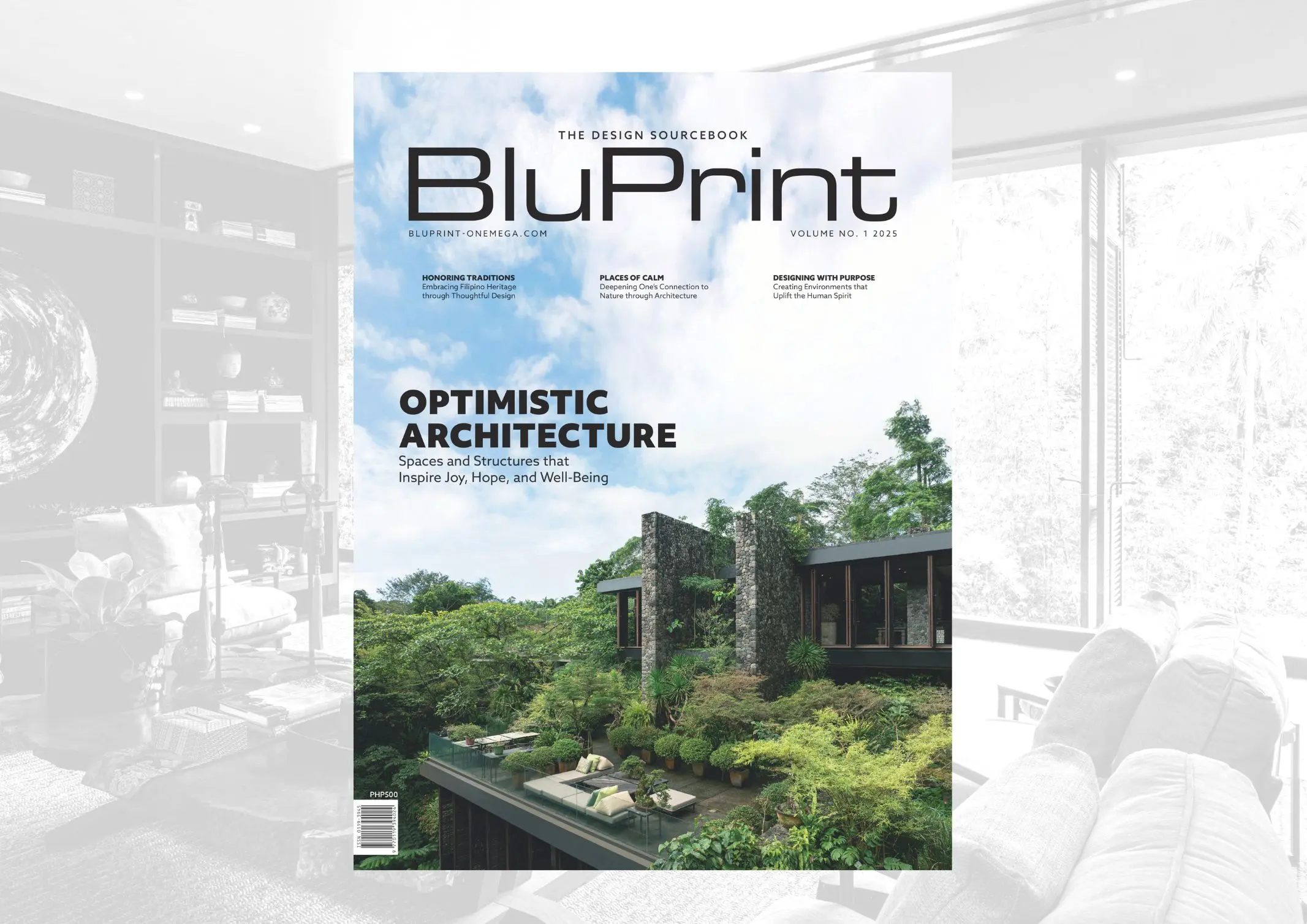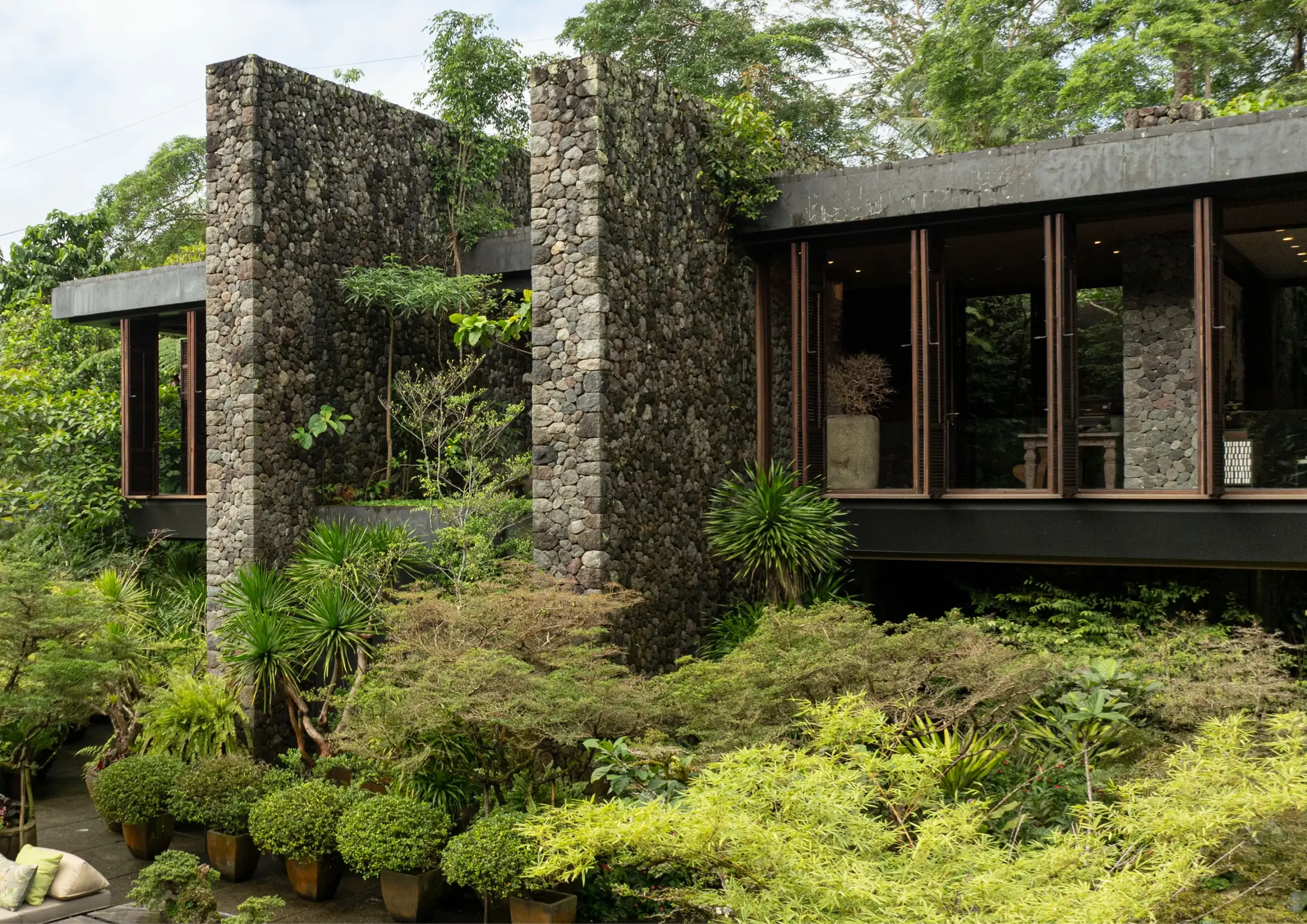When wanting to do something special for loved ones, dining out is a common gesture. But as standard as restaurant tables become, a dinner set at home, with intention and care, transforms a simple shared meal into a deeply personal experience. It’s an intimate stage, where the warmth of familiar surroundings melds with the orchestrated […]

Deconstruction Design: Making A Building Easier To Recycle
Every structure needs a plan to have it built, but what about when it comes to having it unbuilt? Architects should consider how their work will eventually need to be brought down for new developments to rise. Deconstruction, the practice of systematic dismantling structures, can allows materials to be salvaged and reused. It promotes a more circular economy, which involves regeneration and reusing products, to benefits society even past a structure’s lifespan.
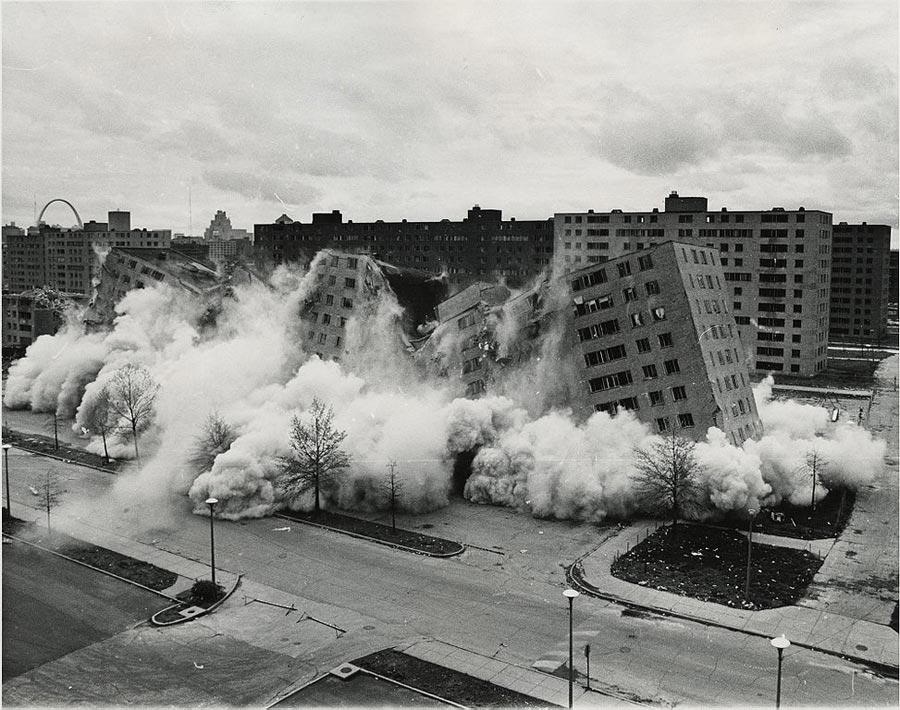
Globally, the construction industry expends 40% of the world’s raw materials ,generates almost 1/3rd of its waste, and is responsible for 37% of emissions. In the face of climate issues, countries are continually adapting policies to reduce the environmental impact of buildings. These policies are comprehensive as they aim to tackle the facets of a project’s construction, ranging from conceptualization to maintenance.
Read more: Green Buildings: How to Grade Sustainability for Eco-Friendly Architecture
What is Building Deconstruction?
Deconstruction is a process of systematic disassembly that aims to address these issues by minimizing the need to consume new materials while also cutting down on debris. The main issue with traditional demolition is that it indiscriminately destroys the building and typically throws away the used materials in landfills.
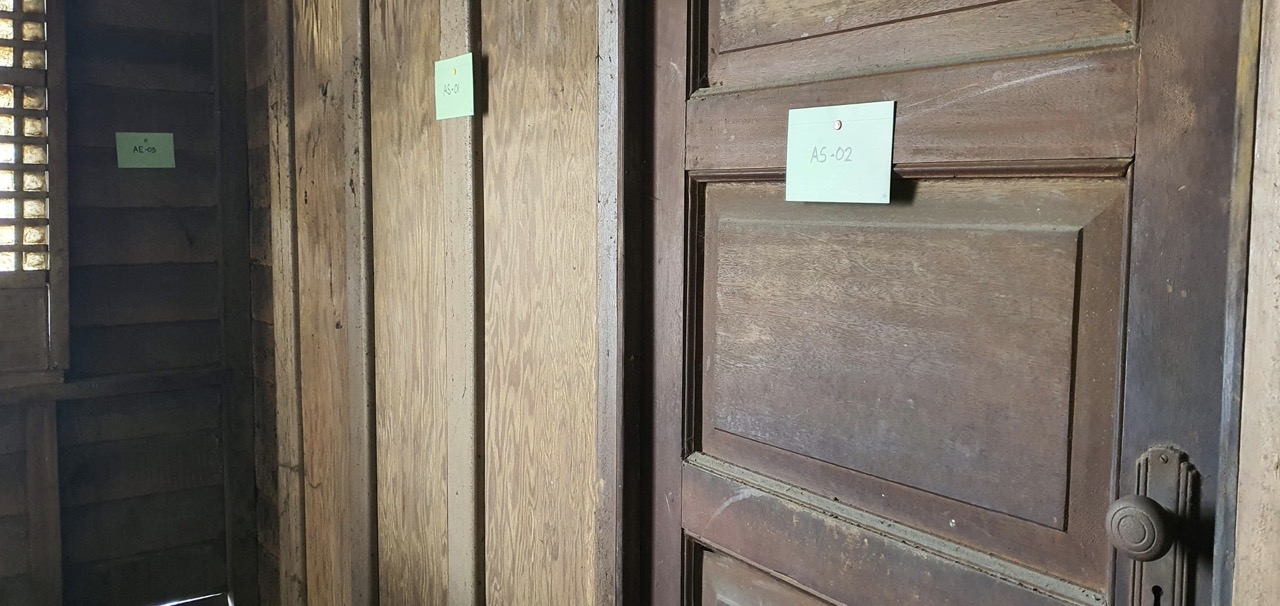
Conversely, deconstruction is carefully carried out to preserve components such as lumber, bricks, metal, and other architectural elements. This is done in a fashion that can make repurposing viable for newer construction projects or can be sold for reuse. Currently, this practice is widespread in heritage conservation efforts to preserve the original materiality and aspects of a building.
Read more: Preserving the Memory of Dr. Pio Valenzuela and His Bahay na Bato
What Are the Benefits of Deconstruction?
Deconstruction offers numerous environmental, economic, and social benefits. Firstly, it inherently reduces waste, whether it’s from materials used for newer projects or the older pieces to be discarded. Doing so reduces the stress placed on natural resources such as wood, metals, or minerals, which mitigates environmental impact. A study by the National Trust for Historic Preservation found that deconstructing a 2,000-square-foot home saves 248,000 pounds of CO2 emissions compared to traditional construction.
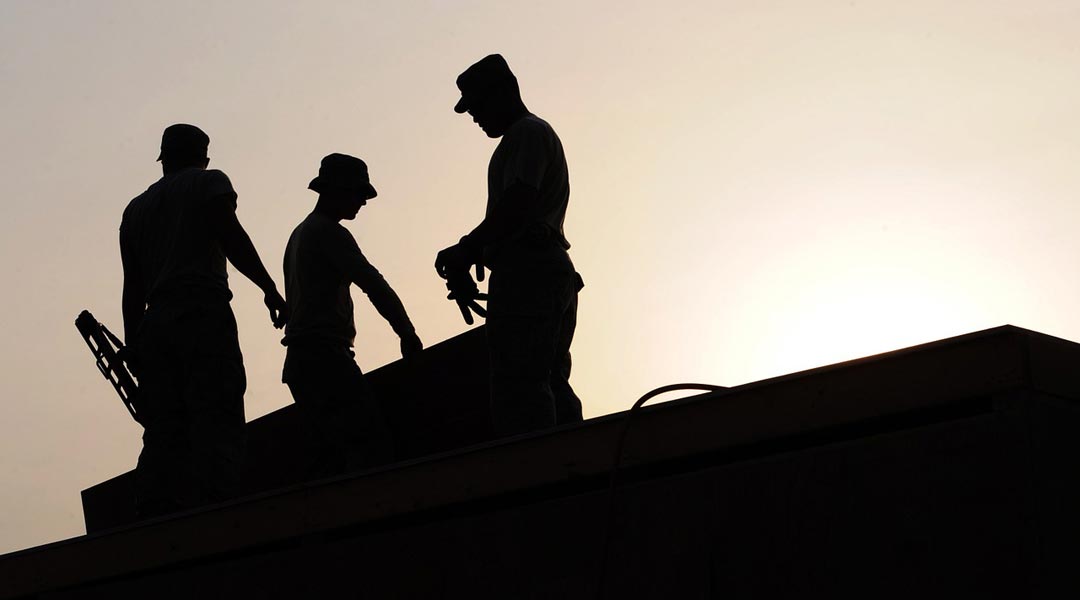
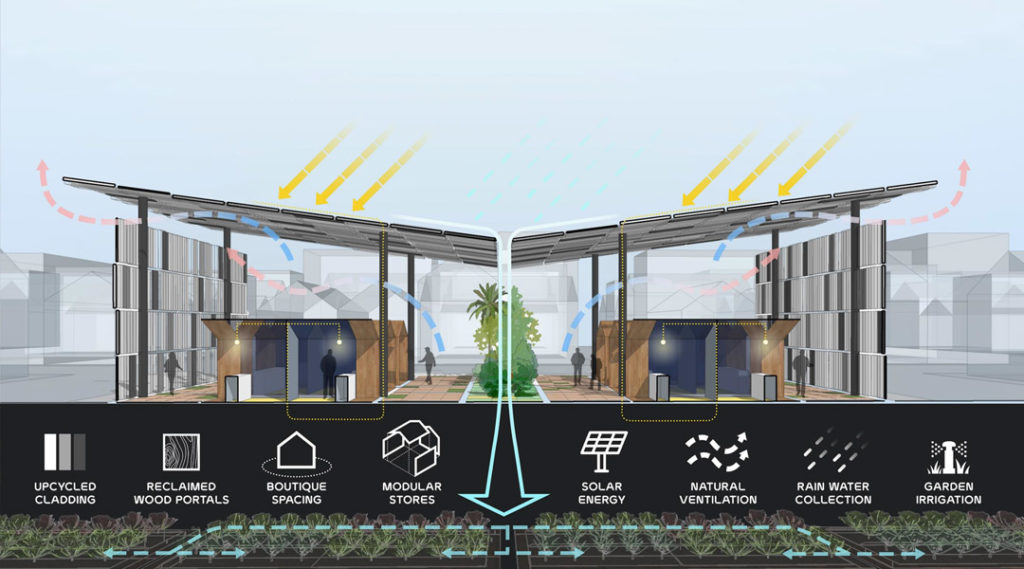
Economically, introducing this practice will require more workers, both skilled and unskilled, to execute the careful disassembly of building parts. This potentially provides more jobs within the industry. Salvaged materials can then be sold to recuperate costs and to reduce the expenses for new construction. Otherwise, materials can also serve a civic purpose via donations to non-profit organizations or institutional projects.
Socially, sourcing materials from deconstructing buildings can potentially make it cheaper and make construction more affordable.This helps the general public make the urban landscape more equitable. As mentioned, local character is also preserved as unique or historical architectural elements are retained.
Designing for Deconstruction (DfD)
As planners of a building, architects play a crucial role in the de-constructability of a structure. This involves intentionally making disassembly and material recovery easier once the building’s time has come. This can be achieved by designing with modular and prefabricated parts, using more mechanical fasteners (bolts and screws), standardized dimensioning, material choice, and documentation. Doing this makes the planning and execution of deconstruction much more feasible in the future.
Architects can infuse these measures in their practice with a bit of extra effort. Firstly, the use of already popular Building Information Modeling (BIM) technologies allows project data to easily be documented and shared. Designers can specify or take note of material origin, quality, and potential future use as a building component.
Within the design process, designers can engage other stakeholders and professionals to identify opportunities for deconstruction and material reuse. Specialists and professionals can be tapped to ascertain how a building would be deconstructed in the future. Life Cycle Assessments (LCA),which is used to evaluate the impact of a building on the environment throughout its life cycle, can further support this.
Building deconstruction presents an opportunity to give buildings new life as it supports a circular economy within the construction industry. Using Design for Deconstruction (DfD) practices, architects can be purveyors of efficient preservation and recycling of materials. Doing so can hopefully put a dent on the massive stress that construction projects put on the environment.
Read more: The Barn: An Idyllic Home Made of Ethically Sourced and Reclaimed Timber



